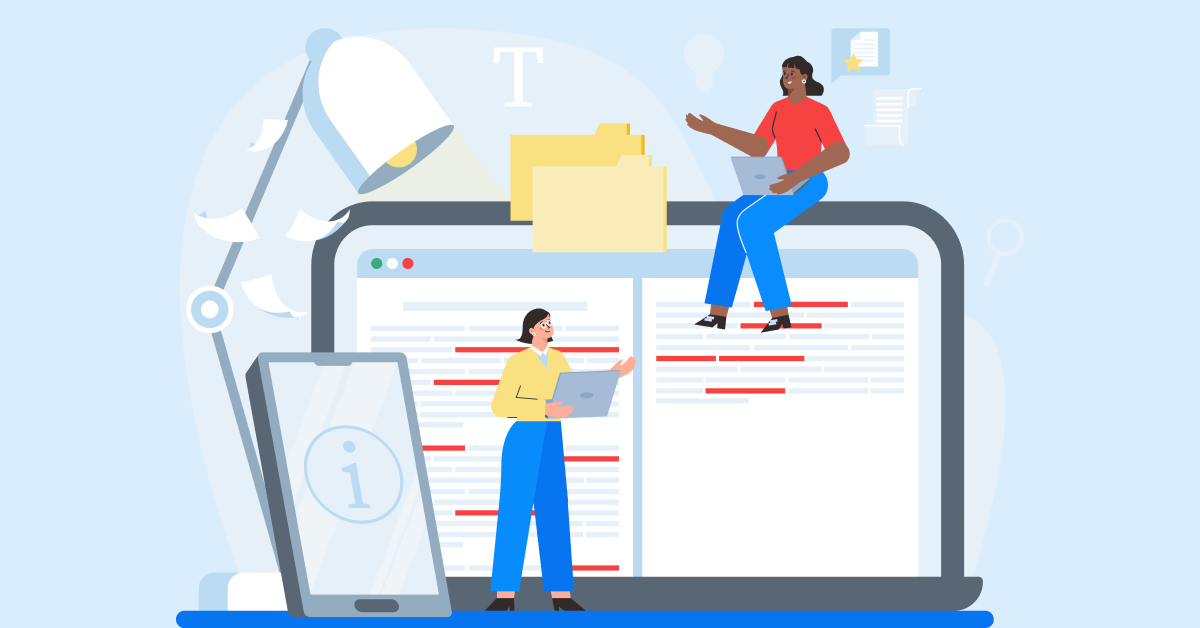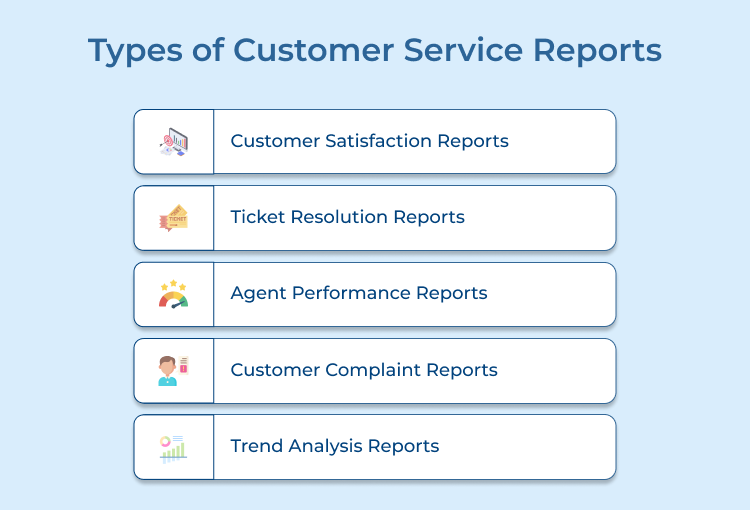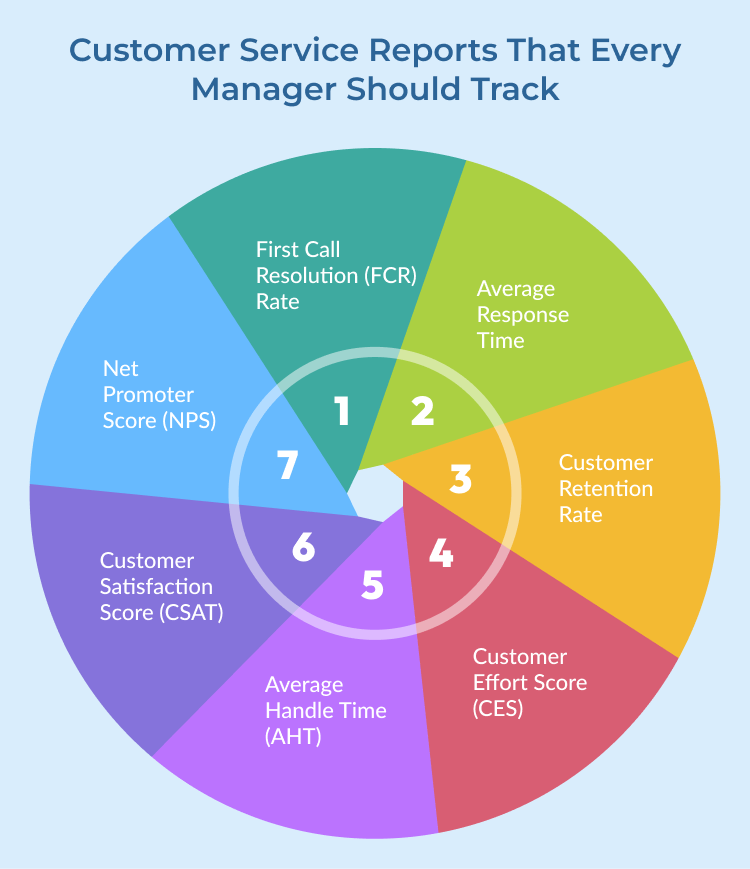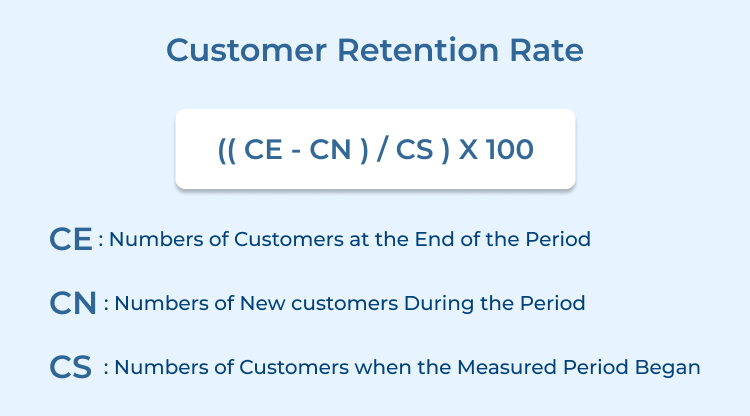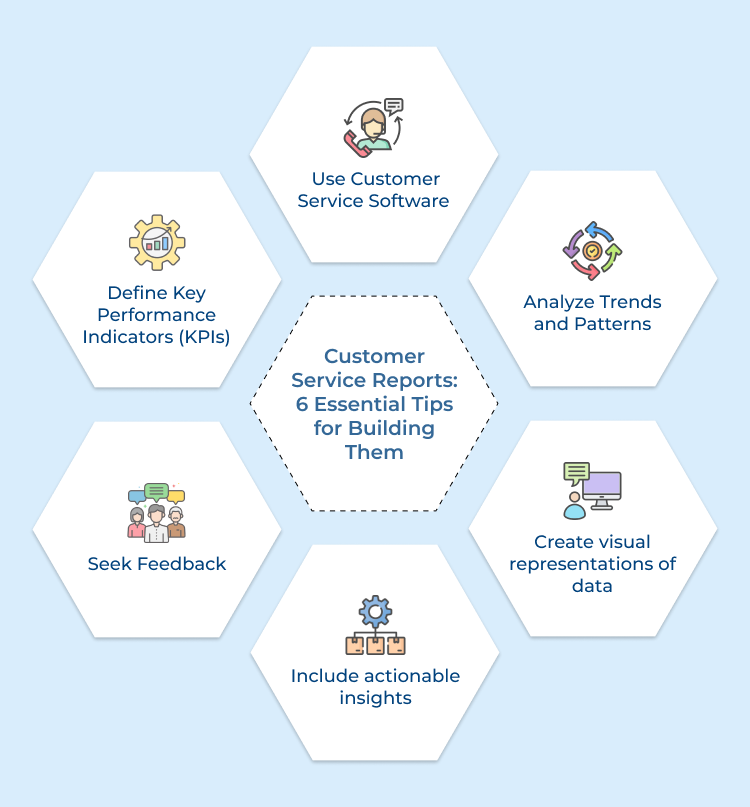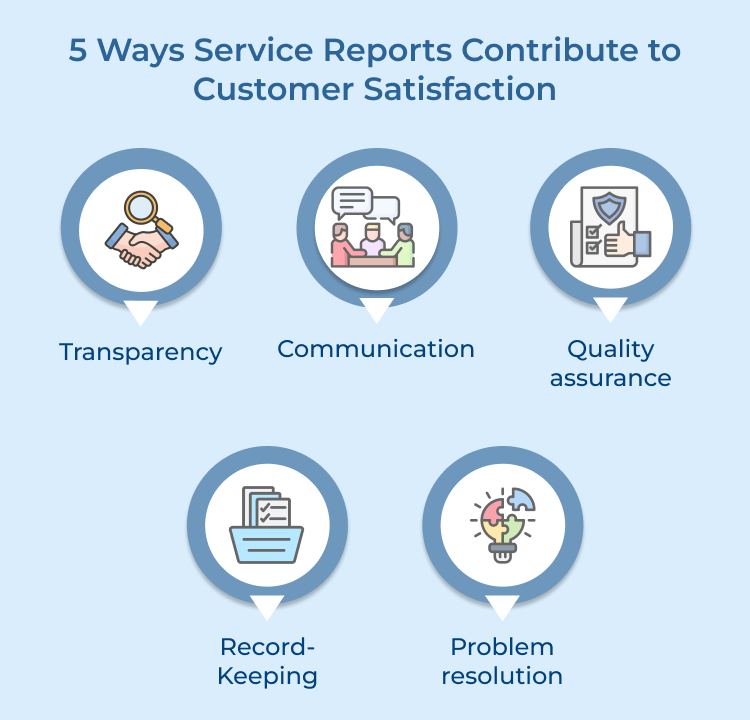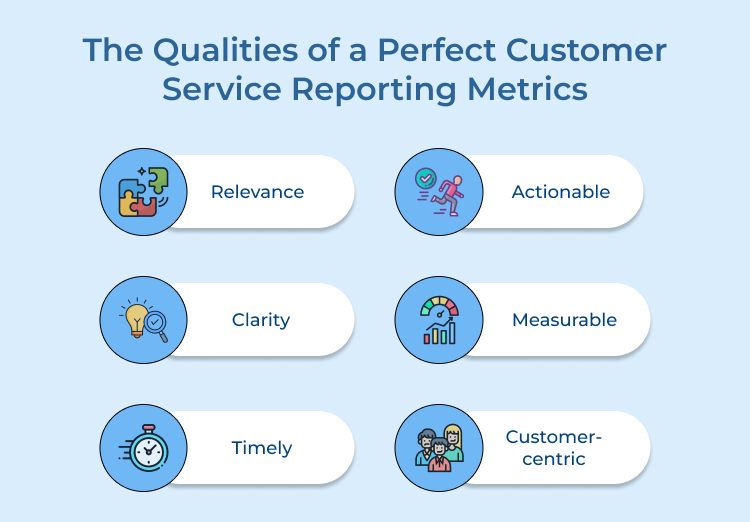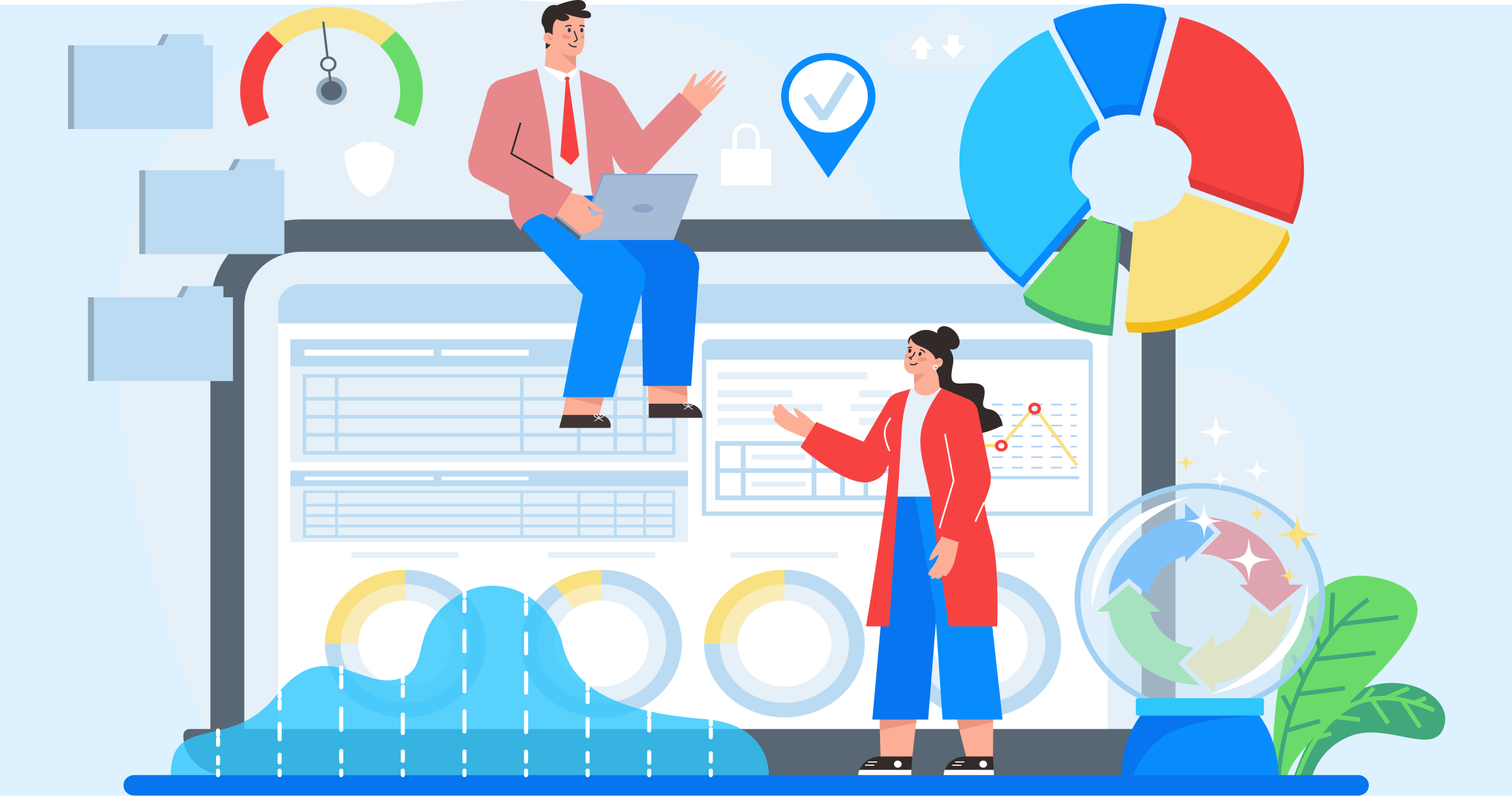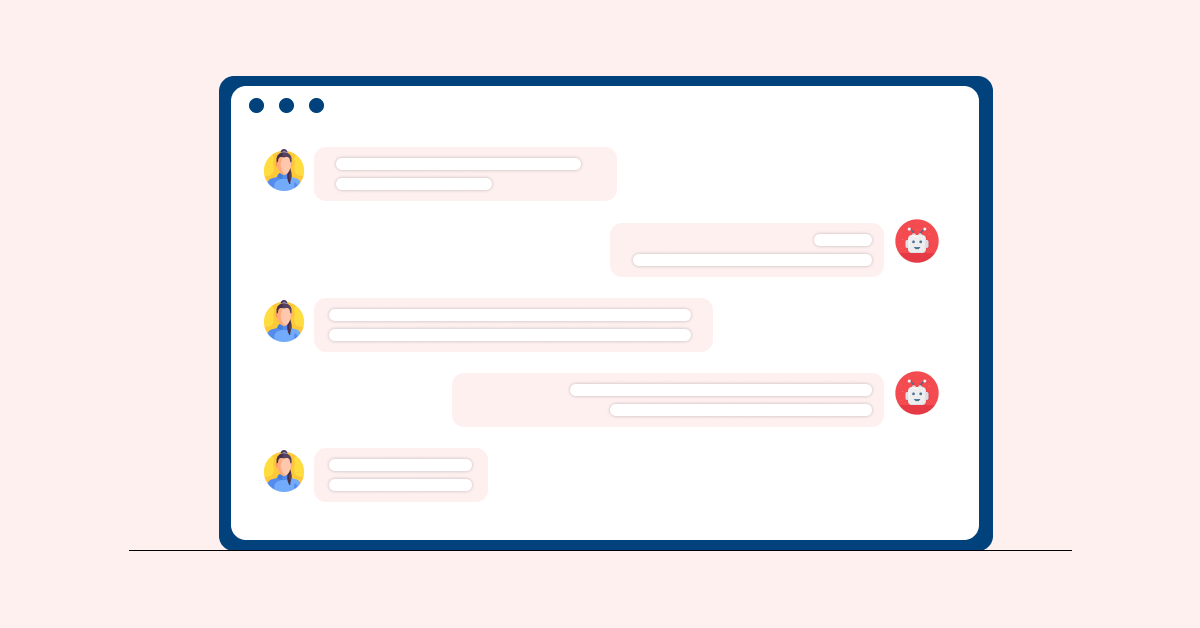1. Relevance: The most important quality of a customer service reporting metric is that it is relevant to your business goals and objectives. The metric should directly tie back to the customer service team’s performance and its impact on the overall success of the company.
2. Actionable: A perfect customer service reporting metric should be actionable, meaning that it provides insights that lead to tangible improvements in customer service performance. It should give your team clear direction on what areas need improvement and how to implement changes.
3. Clarity: The metric should be easily understood by all members of the customer service team, from agents on the front lines to management. It should be clear and concise, allowing everyone to quickly grasp the key takeaways as well as make informed decisions.
4. Measurable: The metric should be quantifiable, allowing you to track progress over time and compare performance against goals. It will help you identify trends in customer service performance as well as make data-driven decisions.
5. Timely: Customer service reporting metrics should be timely, meaning that they are updated regularly and provide real-time insights into customer service performance. It allows you to quickly identify and address any issues that may arise, ensuring that your team is always operating at its best.
6. Customer-centric: The perfect customer service reporting metric should be customer-centric, focusing on the customer experience and satisfaction. It should measure how well your team is meeting customer needs and expectations, helping you to continuously improve service delivery as well as build strong customer relationships.
Leverage Customer Service Reports to Provide Exceptional CX
In conclusion, leveraging customer service reports is essential in providing exceptional customer experiences. By analyzing feedback and data from these reports, businesses identify areas for improvement, address customer pain points and ultimately enhance overall satisfaction.
Taking proactive steps based on these insights lead to increased customer loyalty, positive word-of-mouth referrals, ultimately, long-term success. It is important for businesses to prioritize the customer experience and continuously strive to exceed customer expectations. utilize customer service reports effectively to build stronger relationships with the customers and differentiate yourself in a competitive market.
